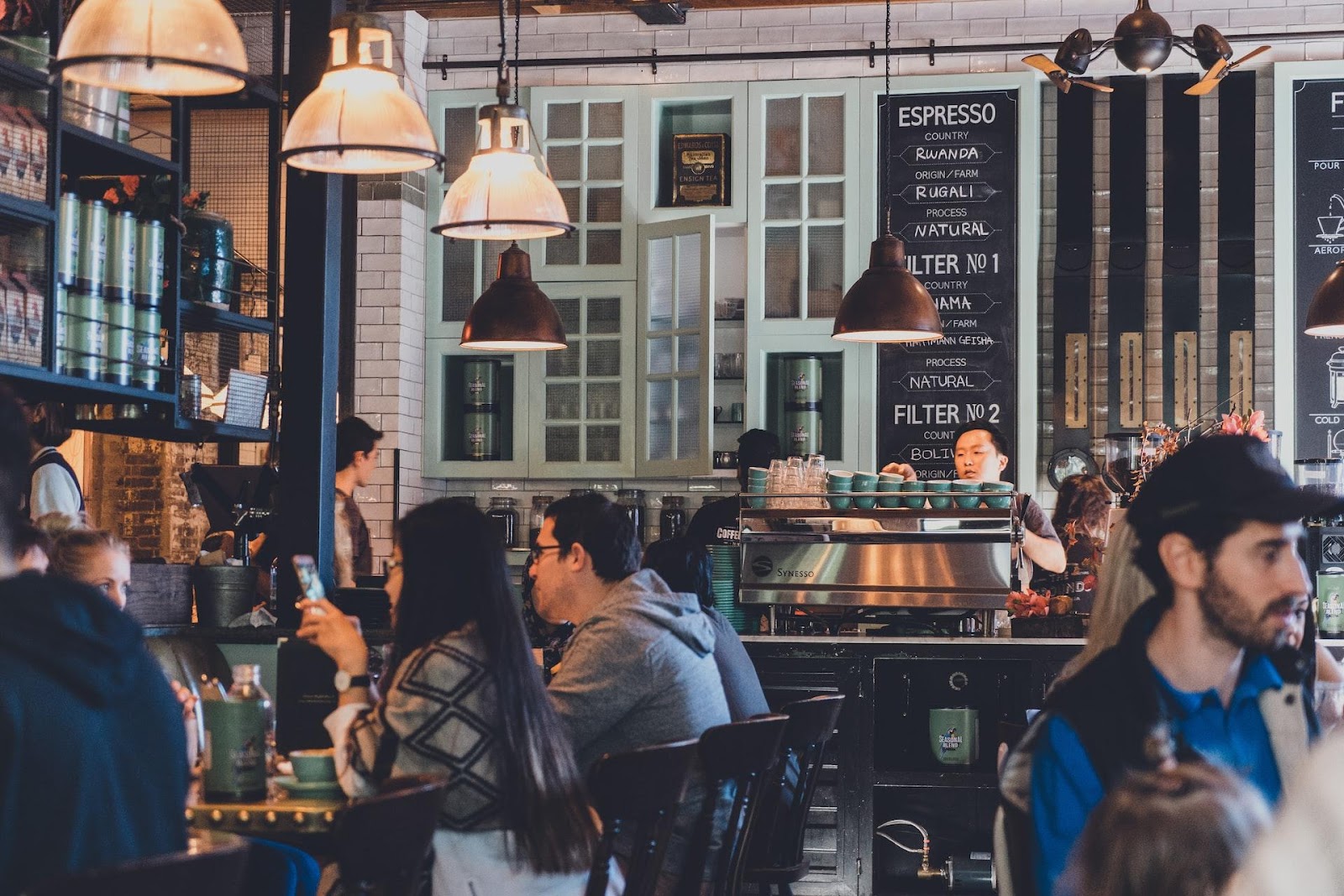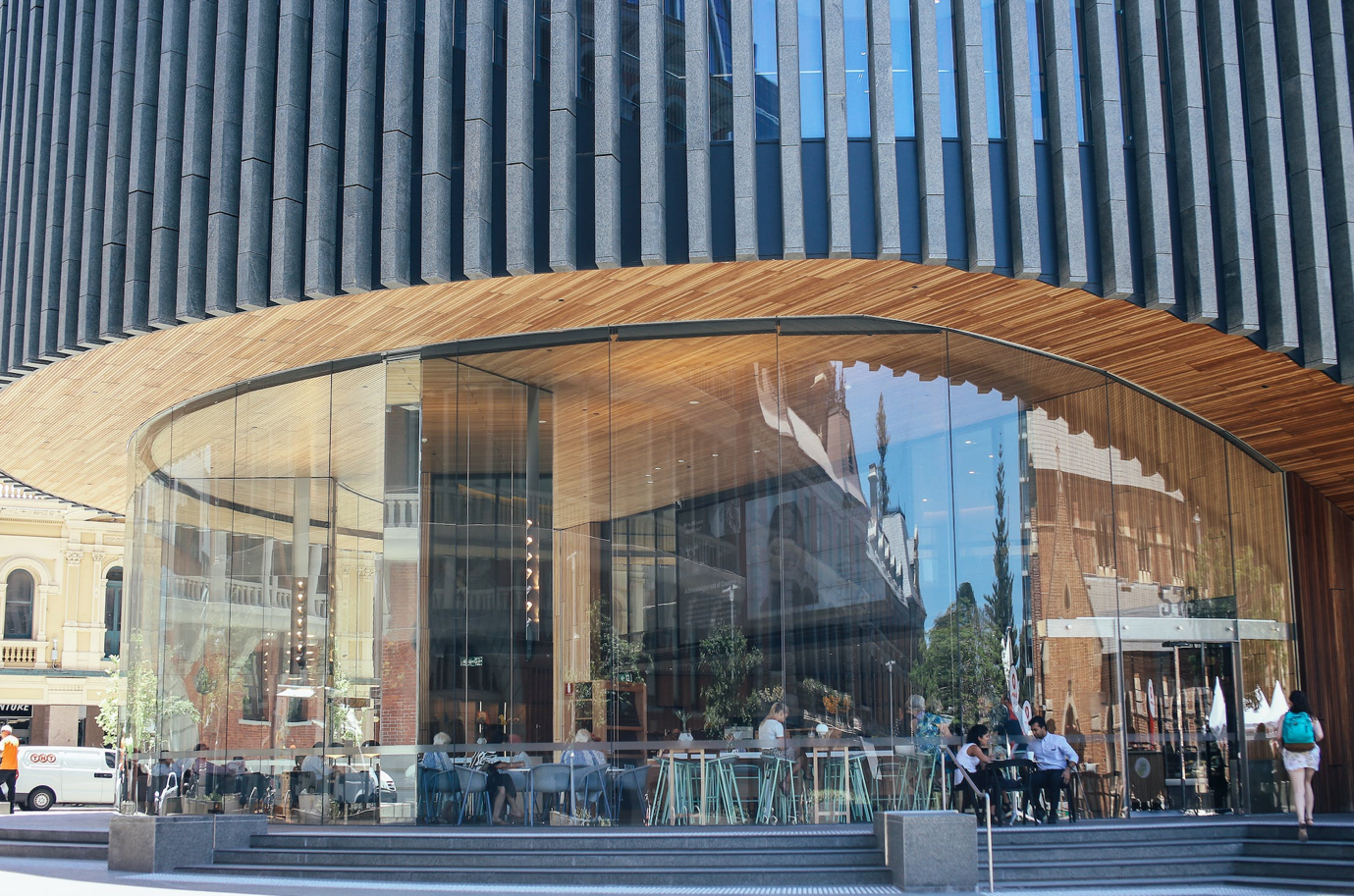2020 showed the world just how important restaurants and eating out were to the world. To combat the trials and tribulations of the year, restaurateurs had to become innovative and try new things. One of the trends that came out of this, was the uptake of ghost kitchens.
Ghost kitchens are a non-customer-facing restaurant that’s dedicated solely to delivery service. They allow a business to run without offering a dine-in service, lowering operational costs. Restaurants that forgo the usual dining rooms and focus on delivery-only models can increase the efficiency of their operations and make more profit.
Styles of Ghost Kitchens
Ghost kitchens can come in a variety of different forms. The ghost kitchen network is quite diverse and very versatile. They can range from commissary-style kitchens to mobile operations like a food truck. For example, some companies offer restaurant owners everything they need to keep overhead costs low. Others utilize unused parking lots to create thriving ghost kitchens.
Pros of Ghost Kitchens
There are several reasons why a company or business may launch a ghost kitchen:
Menu Flexibility- This is one of the greatest pros of ghost kitchen is the flexibility that you can change the menu regularly. Many opt for this option because it allows for greater experimentation and allows businesses to try new dishes without the fear of committing to a full menu change.
Cost-effective- Opening a traditional restaurant requires a lot of permits, inspections, licenses, equipment, and much more. Ghost kitchens have none of the overhead costs associated with customer-facing operations. Eliminating these extras make ghost kitchens much easier to run and makes profit easier.
Earth-conscious: Ghost kitchens are much smaller and thus have a smaller environmental footprint than a regular dine-in restaurant. Removing the front-of-house operations such as fewer dishes to wash, fewer consumables naturally increase sustainability. Earth-friendliness has become a key buying factor in today’s consumers.
Cons of Ghost Kitchens
However, there are always cons to everything in life. For ghost kitchens they are:
Third-Party Services: Delivery services can be expensive. Fees can accumulate depending on how many services you require and how many third-party services you will seek to utilize the services of. Restaurants are usually required to pay between 20-40% of their revenue to the delivery service which can make it quite expensive.
Customer Interaction- Without the front-of-house side of things, you lose an aspect of connection with your customers. It can be difficult to build a following and return visits. You need to work hard on social media to build your presence
Delivery- You need to be conscious of the meals that you choose for delivery. Not everything in the world that can be created will be delivery-friendly. This means that you need to put limits and restrictions on your creativity.
Ghost Kitchens
Ghost kitchens are a fine example of the resilience of restaurant owners worldwide in the face of adversity. They provide an opportunity for smaller businesses to trade without having to compete with the big names of high-class restaurants or cheap prices of chains. Ghost kitchens help bring artistry back to cooking and to where it all started.






